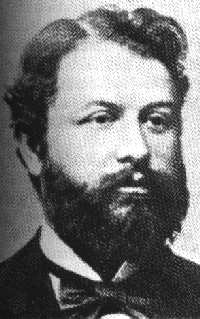
Georg Jellinek argues that Lafayette was one of the driving forces behind the French Declaration of the Rights of Man and of the Citizen (1789)
Found in: The Declaration of the Rights of Man and of Citizens
The symbolic beginning of the French Revolution was the storming of the Bastille prison on July 14, 1789. Soon after, the Constituent Assembly promulgated the Declaration of the Rights of Man and of Citizen on August 26, 1789. But as the historian Georg Jellinek notes, the Marquis de Lafayette had on July 11 already pointed out the need for such a declaration of rights. His model was not the American Declaration of Independence (proclaimed on July 4, 1776) but rather the declarations of rights which preceded the constitutions of many of the colonial states such as Virginia (June 12, 1776):
Politics & Liberty
The conception of a declaration of rights had found expression in France even before the assembling of the States General. It had already appeared in a number of cahiers. The cahier of the Bailliage of Nemours is well worth noting, as it contained a chapter entitled “On the Necessity of a Declaration of the Rights of Man and of Citizens”, and sketched a plan of such a declaration with thirty articles. Among other plans that in the cahier des tiers état of the city of Paris has some interest.
In the National Assembly, however, it was Lafayette who on July 11, 1789, made the motion to enact a declaration of rights in connection with the constitution, and he therewith laid before the assembly a plan of such a declaration.
…[i]n his Memoirs … Lafayette mentions the model that he had in mind when making his motion in the Constituent Assembly. He very pertinently points out that the Congress of the newly formed Confederation of North American free states was then in no position to set up, for the separate colonies, which had already become sovereign states, rules of right which would have binding force. He brings out the fact that in the Declaration of Independence there are asserted only the principles of the sovereignty of the people and the right to change the form of government. Other rights are included solely by implication from the enumeration of the violations of right, which justified the separation from the mother country.
The constitutions of the separate states, however, were preceded by declarations of rights, which were binding upon the people’s representatives. The first state to set forth a declaration of rights properly so called was Virginia.
The declarations of Virginia and of the other individual American states were the sources of Lafayette’s proposition. They influenced not only Lafayette, but all who sought to bring about a declaration of rights. Even the above-mentioned cahiers were affected by them.